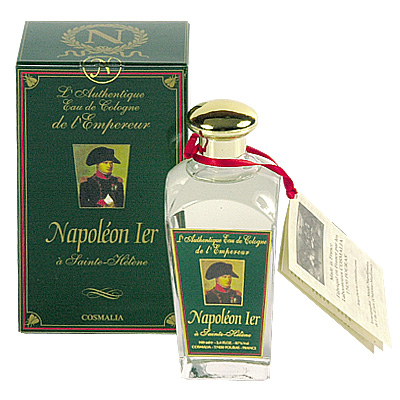L'Authentique
Eau de Cologne de l'Empereur Napoléon 1er
Today, I
smelled a sample of the much acclaimed cologne attributed to the Napoleon,
himself. This fragrance is also supposedly certified by the Osmotheque as
substantially similar to the cologne worn by Napoleon. The manufacturer,
Cosmalia, added the “1er” part to make sure we knew it was Napoleon I and not
the III for whom Guerlain’s Eau de Imperiale was fashioned.
The
opening itself id quite nice built around neroli and bergamot of great quality,
but this phase only lasts for a moment. There is a brief floral stage and a
slightly musty, sweaty base that perhaps contains some synthetic civet similar
to what I have smelled in Czech & Speake Citrus Paradisi.
L’Authentique
certainly is a nice cologne, but I do not feel that it rises to the level of
what the emperor himself would have worn. Further, the civet base is a departure
from the cleanliness typically associate with Napoleon who supposedly doused
himself with several gallons of the stuff per day.
There are
many better options available today including Guerlain Eau de Imperiale and
Coq, Roger & Gallet Extra Vieille, Lorenzo Villoresi Acqua di Colonia, and
even vintage flacons of Farina Gegenuber on eBay from time to time.
L’Authentique,
unfortunately, is not a cologne I can endorse as authentic or vintage-styled.



